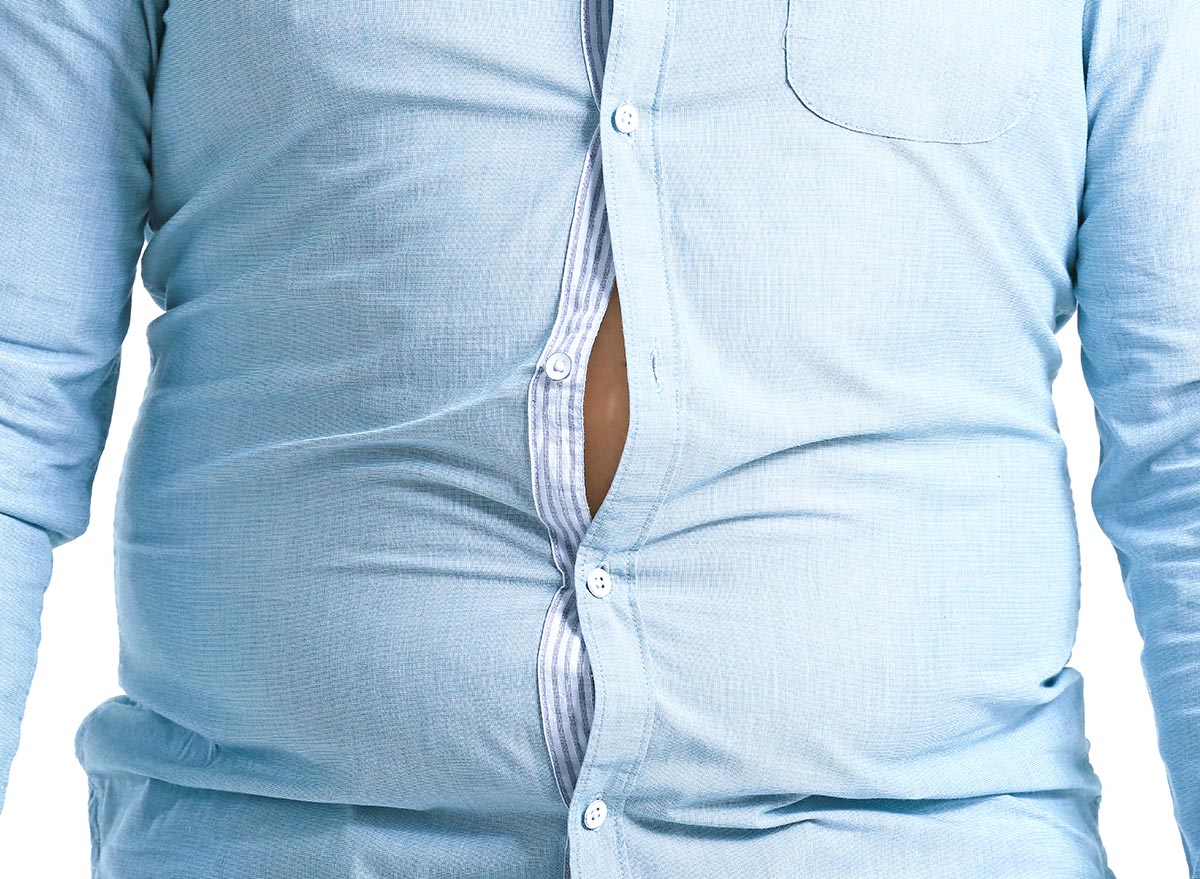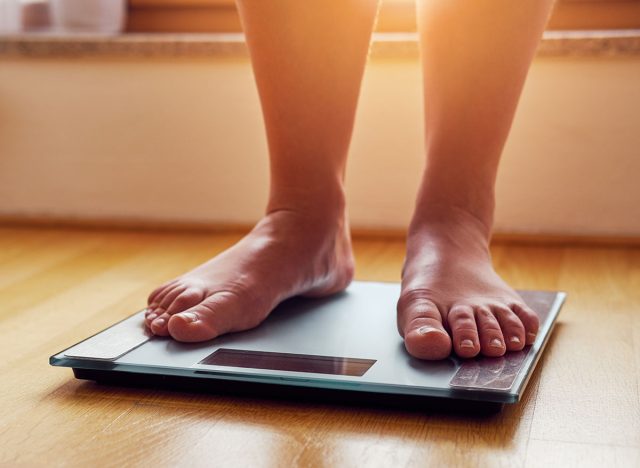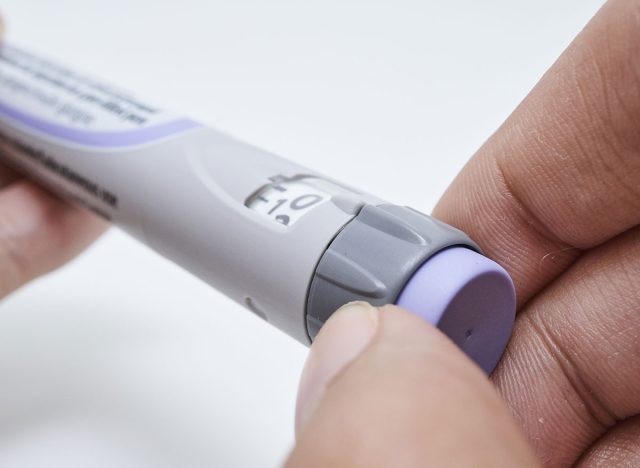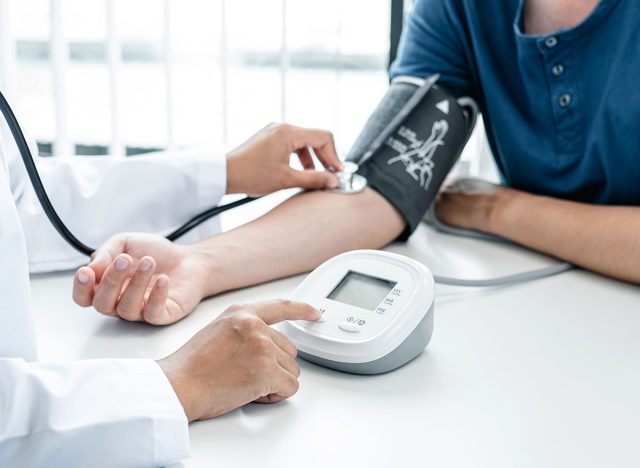Side Effects of Having Too Much Visceral Fat After 50, Say Dietitians

Typically, when classifying someone as overweight, we are referring to subcutaneous fat. However, visceral fat has proven to play a greater risk to our overall health—and something we should be paying attention to.
Researchers have shown that visceral fat storage may increase as we age, which experts say can be the result of shifting hormones and metabolic changes as we get older. Visceral fat is a type of fat that is found around vital organs within the abdominal cavity. This type of fat is different from subcutaneous fat, which simply lives underneath the skin in various parts of your body.
You can't always measure health by simply looking at someone. Anyone can develop increased levels of visceral fat regardless of body shape or size. True health runs much deeper than the number on the scale.
So, what are the health risks associated with having too much visceral fat? Here's a look at the research surrounding visceral fat as you age, and for even more healthy tips, be sure to check out our list of the 15 Underrated Weight Loss Tips That Actually Work.
Increased risk of heart disease

Visceral fat has been shown to increase blood levels of fat via the liver. Cholesterol production is housed in the liver and individuals with higher levels of visceral fat have been linked with higher levels of total cholesterol. Higher levels of cholesterol are linked to an increased risk of developing heart disease, so all in all, increased amounts of circulating fat is bad news for heart health.
Potential to develop non-alcoholic fatty liver

Fatty liver disease is precisely as it sounds: an accumulation of fatty tissue in our liver. This disease is often associated with obesity and other metabolic conditions. Increased visceral fat has been associated with an increase in liver inflammation and long-term fat deposits into the liver tissue.
Increased pain levels

Arthritis researchers concluded that visceral fat specifically was associated with increased levels of pain and subcutaneous fat was not associated at all with pain levels. This exemplifies yet another example of how visceral fat may be far more harmful to our health than subcutaneous fat.
One thought process behind this phenomenon observes that visceral fat is inherently more inflammatory than subcutaneous fat. Some research has linked high levels of visceral fat with increased inflammatory markers that contribute to pain.
Certainly, more research is needed in this area to determine the underlying mechanisms.
Experiencing joint pain recently? It could be due to these Worst Foods for Joint Pain After 50.
Increased insulin resistance

In individuals without diabetes, visceral fat was a strong predictor of developing insulin resistance. In fact, many experts agree that losing visceral fat is more significant for controlling diabetes and blood sugars than general weight loss alone.
Ultimately, the type of weight we lose matters for our long-term health.
Elevated blood pressure

In postmenopausal women, increased visceral fat storage was associated with both increased blood pressure and increased insulin resistance.
Further, hormonal changes during menopause can make weight loss more challenging than other stages of life.
How do you lose visceral fat?

To combat the natural changes to fat storage and metabolism as we age, consider working on lifestyle changes to target visceral fat storage. Visceral fat loss is possible with the right approach. Here are the Everyday Habits That Add Years to Your Life, Say Experts.








